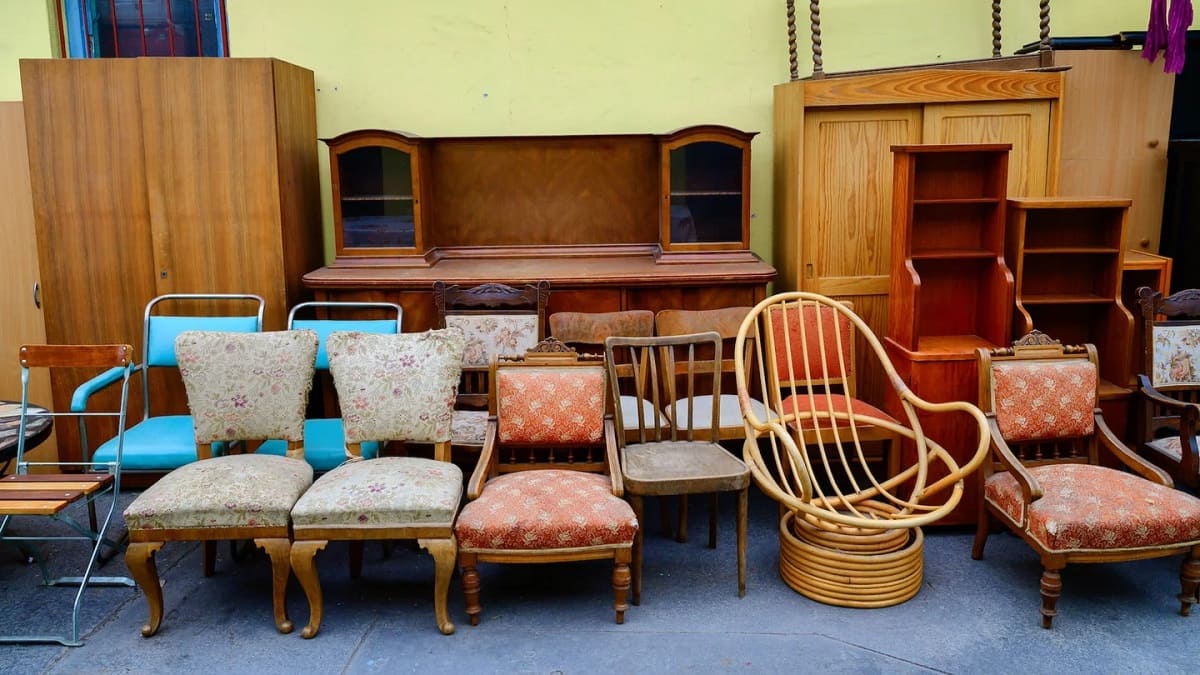

Articles
How To Store Wood Furniture
Modified: January 24, 2024
Learn the best practices for storing your wood furniture in this helpful article. Keep your pieces protected and looking great for years to come.
(Many of the links in this article redirect to a specific reviewed product. Your purchase of these products through affiliate links helps to generate commission for Storables.com, at no extra cost. Learn more)
Introduction
Wood furniture adds warmth and elegance to any living space. Whether it’s a stunning dining table, a beautiful bookshelf, or a cozy wooden chair, taking care of your wood furniture will ensure its longevity and beauty for years to come.
Properly storing your wood furniture is essential to protect it from damage caused by environmental factors, such as temperature fluctuations, humidity levels, sunlight exposure, and pests. By following a few simple guidelines, you can maintain the integrity of your furniture and preserve its natural beauty.
In this article, we will discuss the necessary steps to store your wood furniture properly. From choosing the right environment to cleaning and dusting techniques, we’ll cover everything you need to know to keep your furniture in excellent condition.
So, let’s dive in and explore the best practices for storing wood furniture!
Key Takeaways:
- Preserve the beauty and longevity of your wood furniture by maintaining optimal storage conditions, regular cleaning, and protection from environmental factors like sunlight and moisture.
- Ensure the integrity of your wood furniture by implementing proper handling and moving techniques, regular polishing and conditioning, and preventive measures against pests and insects.
Read more: How To Store Wood Furniture In Garage
Choosing the Right Environment
When it comes to storing wood furniture, creating the right environment is crucial. Here are a few key factors to consider:
Temperature and Humidity Levels
Wood is sensitive to changes in temperature and humidity. Extreme fluctuations can cause the wood to warp, crack, or even split. To maintain the integrity of your furniture, aim for a consistent temperature of around 70 degrees Fahrenheit (21 degrees Celsius) and a relative humidity level between 40% and 45%. Keeping the humidity in this range prevents the wood from drying out or absorbing too much moisture, both of which can be detrimental to its structure.
Sunlight Exposure
Direct sunlight can fade and damage your wood furniture over time. To protect it from harmful UV rays, avoid placing your furniture in areas with prolonged sun exposure. If your furniture is near windows, consider using window treatments, such as curtains or blinds, to shield it from direct sunlight.
Ventilation
Proper ventilation is essential to prevent the buildup of moisture and the growth of mold or mildew. When storing wood furniture, choose a well-ventilated area that allows air to circulate freely. Avoid storing furniture in basements, attics, or areas prone to high humidity levels, as these conditions can lead to mold growth and damage your furniture.
By considering these factors and creating an optimal storage environment, you can help ensure the longevity of your wood furniture.
Read more: How To Identify Wood Furniture
Cleaning and Dusting
Regular cleaning and dusting are essential to maintain the beauty of your wood furniture and prevent dirt and grime buildup. Here are some steps to follow:
Removing Dust and Debris
Dust can accumulate on the surface of your furniture, making it look dull and dirty. To remove dust effectively, use a soft, lint-free cloth or a microfiber duster to gently wipe down the surfaces. Avoid using rough or abrasive materials that can scratch the wood.
Pay attention to the hard-to-reach areas, such as crevices and corners, where dust can accumulate. Use a small brush, like a soft-bristled toothbrush, to reach these areas and remove any trapped dust.
Using Appropriate Cleaning Products
When it comes to cleaning wood furniture, using the right products is essential to avoid damaging the wood’s finish. Avoid harsh chemicals and abrasive cleaners that can strip away the protective layer and leave the wood vulnerable to damage.
Instead, opt for gentle cleaning solutions specifically designed for wood furniture. You can make your own by mixing a mild dish soap with warm water. Dampen a soft cloth with the solution and gently wipe the surfaces clean. Remember to wring out the cloth well to avoid excess moisture on the wood.
Avoid using excessive water on the furniture, as it can cause warping or swelling. After cleaning, dry the surfaces thoroughly with a clean, dry cloth to prevent any moisture from penetrating the wood.
By regularly cleaning and dusting your wood furniture with appropriate products, you can maintain its shine and protect it from dirt and debris.
Avoiding Moisture Damage
Moisture is one of the biggest enemies of wood furniture, as it can cause swelling, warping, and even mold or mildew growth. To protect your furniture from moisture damage, here are some essential steps:
Read more: How To Sand Wood Furniture
Protecting from Spills and Water
Preventing spills and water damage is crucial to maintaining the integrity of your wood furniture. Place coasters or mats underneath glasses and other items that could leave behind moisture rings or cause water damage. Quickly wipe up any spills to prevent them from seeping into the wood.
If you live in a humid climate or have a high humidity level in your home, consider using a dehumidifier to help lower the moisture content in the air. This can significantly reduce the risk of water damage to your furniture.
Preventing Mold and Mildew
Mold and mildew can thrive in moist environments, causing damage and discoloration to your wood furniture. To prevent these issues, ensure that your storage space has proper ventilation and is not prone to excess moisture.
Regularly inspect your furniture for any signs of mold or mildew. If you notice any black spots or a musty odor, it’s important to address the issue immediately. Use a solution of water and vinegar to gently clean the affected areas, and ensure that the furniture is completely dry before returning it to storage.
If you’re storing your wood furniture for an extended period, consider using moisture-absorbing products, such as silica gel packets or desiccant packs, to reduce excess humidity and protect your furniture from mold and mildew.
By taking these precautions and actively preventing moisture damage, you can keep your wood furniture in excellent condition for years to come.
Preventing Sun Damage
Sunlight can be harmful to wood furniture, causing fading and discoloration over time. Protecting your furniture from prolonged sun exposure is essential to maintain its beauty. Here are two important steps to prevent sun damage:
Using Window Treatments
One of the easiest ways to protect your wood furniture from the sun is by using window treatments. Install blinds, curtains, or shades on the windows in the room where your furniture is located. These treatments can be adjusted to block or filter the sunlight, reducing its direct impact on your furniture.
Choose window treatments made of UV-resistant materials to provide maximum protection. Look for curtains or blinds labeled as “blackout” or “sun-blocking” to minimize the amount of sunlight that enters the room.
Read more: How To Stain Wood Furniture
Rotating and Covering Furniture
Another effective method to prevent sun damage is by rotating and covering your furniture. Sunlight can affect wood furniture unevenly, causing certain areas to fade more quickly than others. By regularly rotating your furniture, you ensure that all sides receive equal exposure to sunlight.
Consider covering your furniture with protective covers or using furniture throws when it’s not in use. These covers act as a barrier between the sunlight and the furniture, minimizing the fading and discoloration caused by continuous exposure.
By incorporating these strategies into your furniture care routine, you can significantly reduce the risk of sun damage and preserve the original color and beauty of your wood furniture.
Handling and Moving
Proper handling and moving techniques are crucial to prevent accidental damage to your wood furniture. Here are some essential tips to keep in mind:
Lifting and Carrying Techniques
When lifting and carrying your wood furniture, always prioritize safety and care. Here are a few guidelines to follow:
- Clear the path: Before moving any furniture, ensure that the path is clear of obstacles to avoid tripping or causing damage.
- Enlist help: Many wood furniture pieces can be heavy and cumbersome. Ask for assistance when needed to avoid straining yourself or dropping the furniture.
- Lift properly: Bend your knees and use your leg muscles, not your back, to lift the furniture. Keep your back straight and hold the weight close to your body.
- Use furniture sliders: For larger pieces, consider using furniture sliders or gliders to minimize friction and make moving easier.
Proper Placement and Support
Once you’ve moved your wood furniture to its intended location, it’s important to ensure proper placement and support:
- Avoid placing furniture directly on the floor: To prevent potential damage from moisture or scratches, use furniture pads or felt protectors under the legs of your wood furniture.
- Choose stable surfaces: Place your furniture on stable and level surfaces to prevent wobbling or tipping.
- Consider weight distribution: Distribute the weight evenly on furniture with shelves or drawers to maintain stability and prevent sagging.
- Avoid placing near heat sources: Keep your wood furniture away from heat sources like radiators or fireplaces, as the excessive heat can dry out the wood and lead to cracking or warping.
By following these handling and moving techniques, you can minimize the risk of accidental damage and ensure the longevity of your wood furniture.
Read more: How To Lighten Wood Furniture
Polishing and Conditioning
Regular polishing and conditioning help maintain the luster and beauty of your wood furniture. Here are some important steps to follow:
Choosing the Right Wood Polish
When selecting a wood polish, it’s crucial to choose the right product for your specific type of wood. Different wood species have varying finishes, and using the wrong polish can damage the furniture’s surface. Look for polishes specifically formulated for your type of wood furniture.
There are three main types of wood polishes: oil-based, wax-based, and aerosol sprays. Oil-based polishes penetrate the wood, enhancing its natural beauty and adding moisture. Wax-based polishes create a protective layer on top of the wood, providing shine and durability. Aerosol sprays are convenient for quick touch-ups but may not offer deep conditioning.
Applying and Buffing Techniques
Follow these steps to apply wood polish and achieve a beautiful finish:
- Prepare the surface: Ensure your furniture is clean and free from dust before applying polish. Use a soft cloth or brush to gently remove any dirt or debris.
- Apply the polish: Put a small amount of polish on a soft cloth or applicator pad. Start with a small area and apply the polish using gentle, circular motions. Make sure to spread the polish evenly and avoid excessive application.
- Allow time to absorb: Let the polish sit on the wood surface for the recommended time specified on the product label. This allows the polish to penetrate and condition the wood.
- Buff the surface: Once the polish has absorbed, use a clean, dry cloth to buff the surface. Use gentle, circular motions to create a smooth and shiny finish. Continue buffing until the desired shine is achieved.
Remember to always follow the manufacturer’s instructions on the polish container for the best results.
Regular polishing and conditioning will keep your wood furniture looking beautiful and protect it from drying out or becoming dull. Aim to polish your furniture once every few months or when it looks dull or dry.
Protection from Pests and Insects
Pests and insects can wreak havoc on your wood furniture, causing irreparable damage. Here are some essential steps to protect your furniture from these unwanted intruders:
Read more: How To Restore Furniture Wood
Regular Inspections
Regular inspections are necessary to identify any signs of pest infestation or damage. Look for visible signs such as droppings, holes, gnaw marks, or insect activity around your furniture. Pay attention to dark and hidden areas, such as corners and underside surfaces, where pests may seek shelter.
If you notice any signs of pests or insects, take immediate action to address the issue and prevent further damage. Consult with a professional pest control expert if necessary.
Using Preventive Measures
Prevention is key when it comes to protecting your wood furniture from pests and insects. Here are some preventive measures you can take:
- Keep your surroundings clean: Cleanliness is crucial to prevent pests from being attracted to your furniture. Regularly vacuum and sweep the area around your furniture to remove any food particles or debris that might attract pests.
- Use natural deterrents: Certain scents can repel pests. Consider using natural deterrents such as cedar wood chips, lavender sachets, or citrus peels near your furniture to discourage pests from approaching.
- Seal cracks and crevices: Inspect your furniture for any cracks, crevices, or gaps where pests could enter. Seal these openings with wood putty or caulk to prevent their access.
- Avoid moisture: Pests, such as termites and carpenter ants, are attracted to moist environments. Ensure that your furniture and the surrounding area are kept dry to discourage infestation.
- Store unused furniture properly: If you’re storing wood furniture for an extended period, make sure it is properly wrapped and stored in a secure, pest-proof area.
By regularly inspecting your furniture and implementing preventive measures, you can protect your wood furniture from pests and insects and ensure its longevity.
Conclusion
Taking proper care of your wood furniture is essential to preserve its beauty and longevity. By following the guidelines outlined in this article, you can ensure that your furniture remains in excellent condition for years to come.
Choosing the right environment for storage, maintaining optimal temperature and humidity levels, and protecting your furniture from direct sunlight are crucial steps in preserving its integrity. Regular cleaning and dusting with appropriate products help prevent dirt buildup and maintain its shine.
Avoiding moisture damage through spill prevention, mold and mildew prevention, and using moisture-absorbing products are essential for protecting your wood furniture. Preventing sun damage by using window treatments and covering or rotating your furniture helps preserve its color and finish.
When handling and moving your furniture, using proper lifting techniques, enlisting help, and providing proper support and placement ensure minimal stress on the furniture’s structure. Polishing and conditioning your wood furniture with the right products and careful application techniques can enhance its natural beauty.
To protect your furniture from pest infestation, regular inspections and preventive measures are necessary. Keeping your surroundings clean, using natural deterrents, and sealing cracks and crevices are effective in preventing pests from damaging your furniture.
By implementing these practices, you can enjoy the beauty and functionality of your wood furniture for years to come, creating a stylish and inviting living space.
Remember, caring for wood furniture is an ongoing process. Regular maintenance and attention to detail will ensure that your furniture remains a cherished part of your home for generations.
Frequently Asked Questions about How To Store Wood Furniture
Was this page helpful?
At Storables.com, we guarantee accurate and reliable information. Our content, validated by Expert Board Contributors, is crafted following stringent Editorial Policies. We're committed to providing you with well-researched, expert-backed insights for all your informational needs.
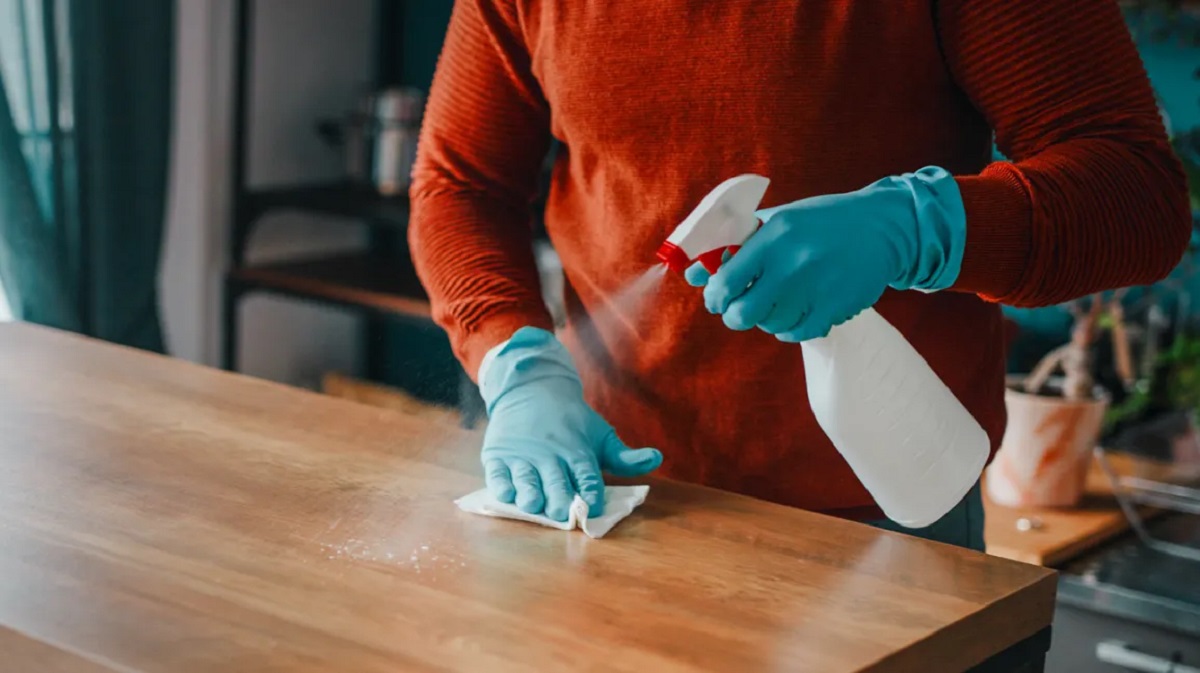
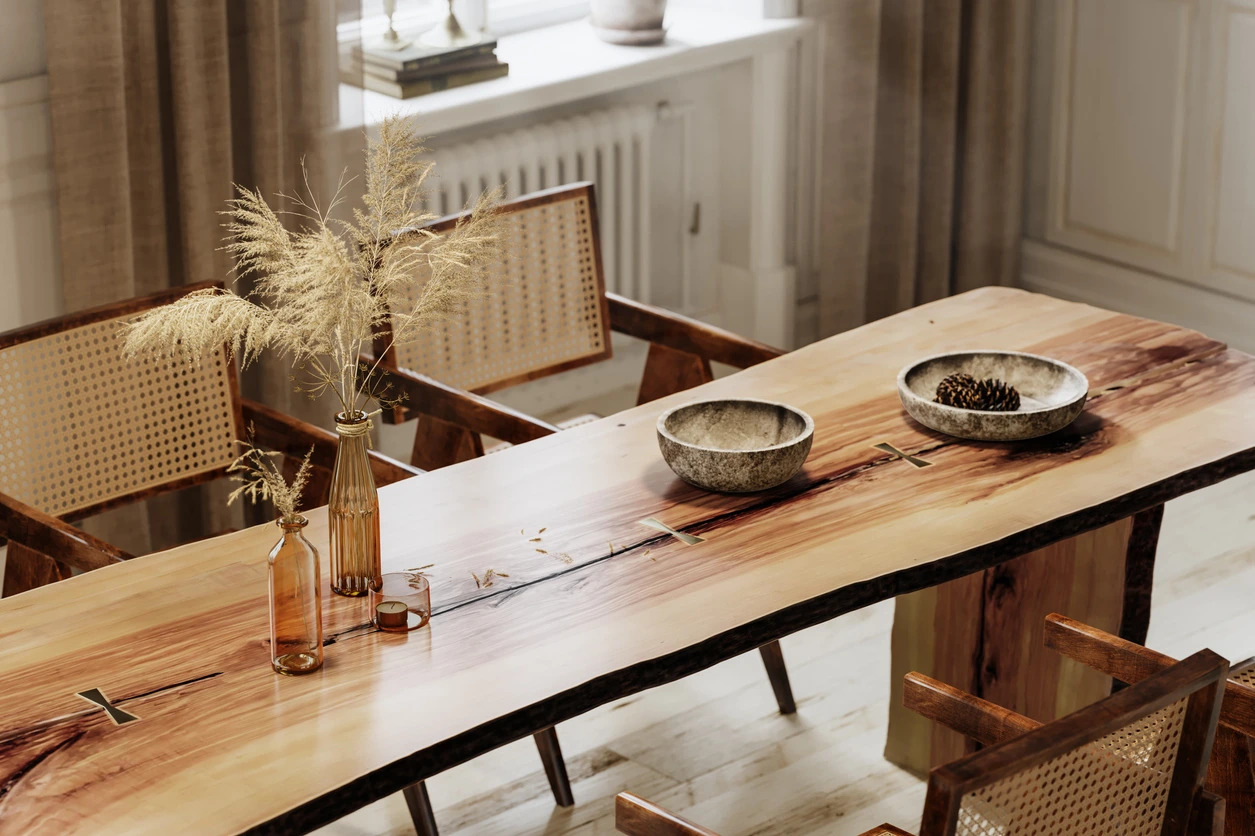
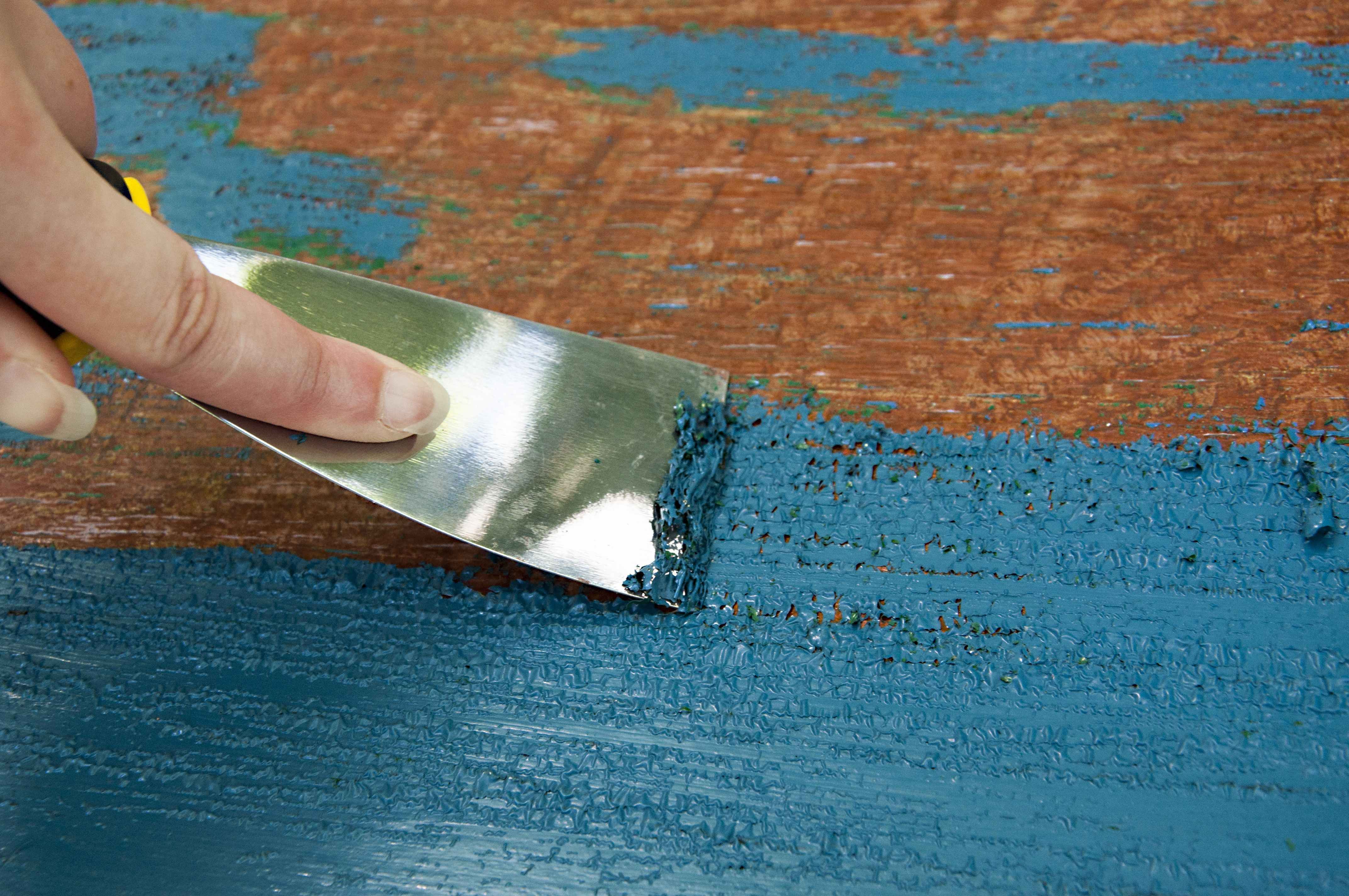

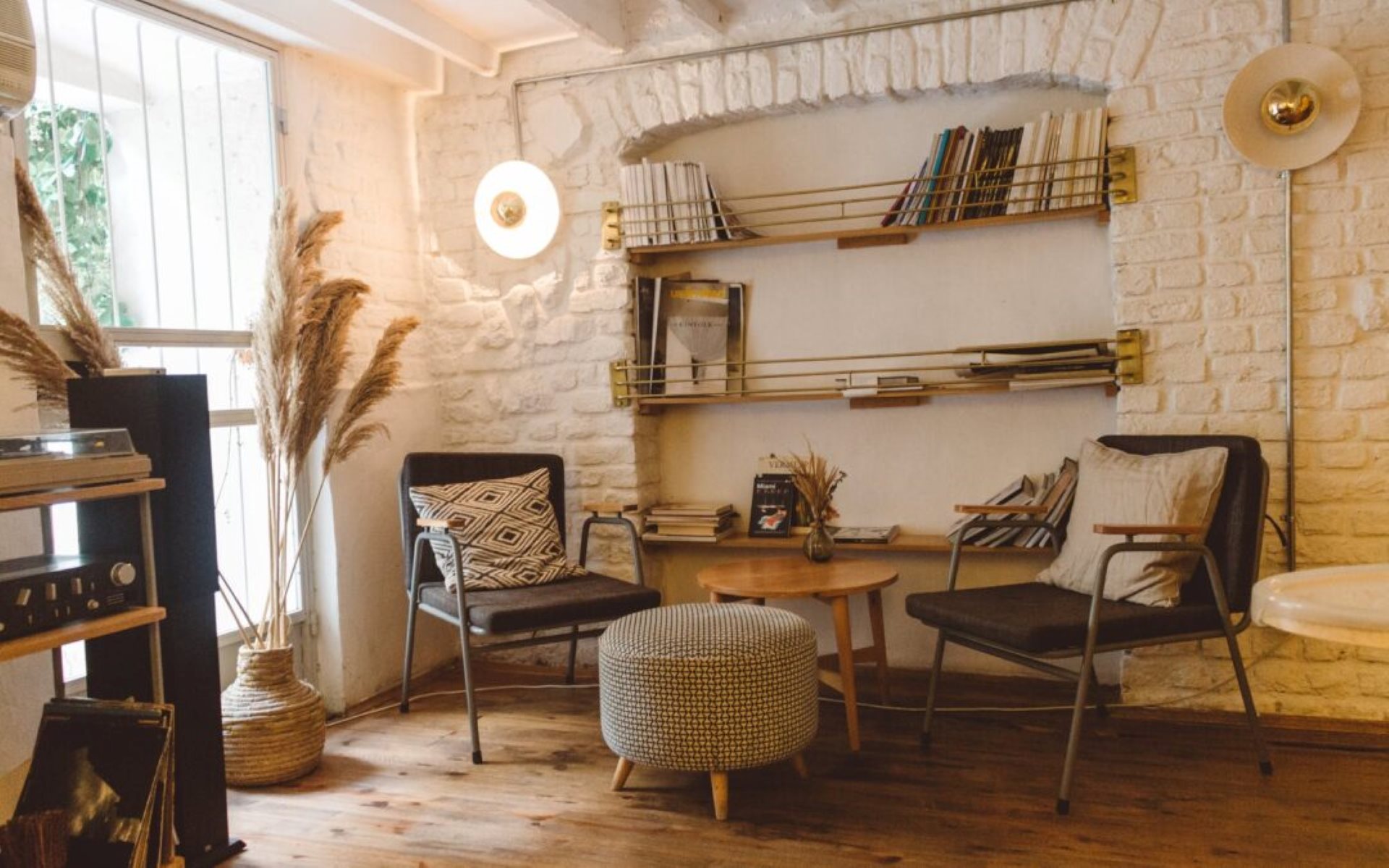
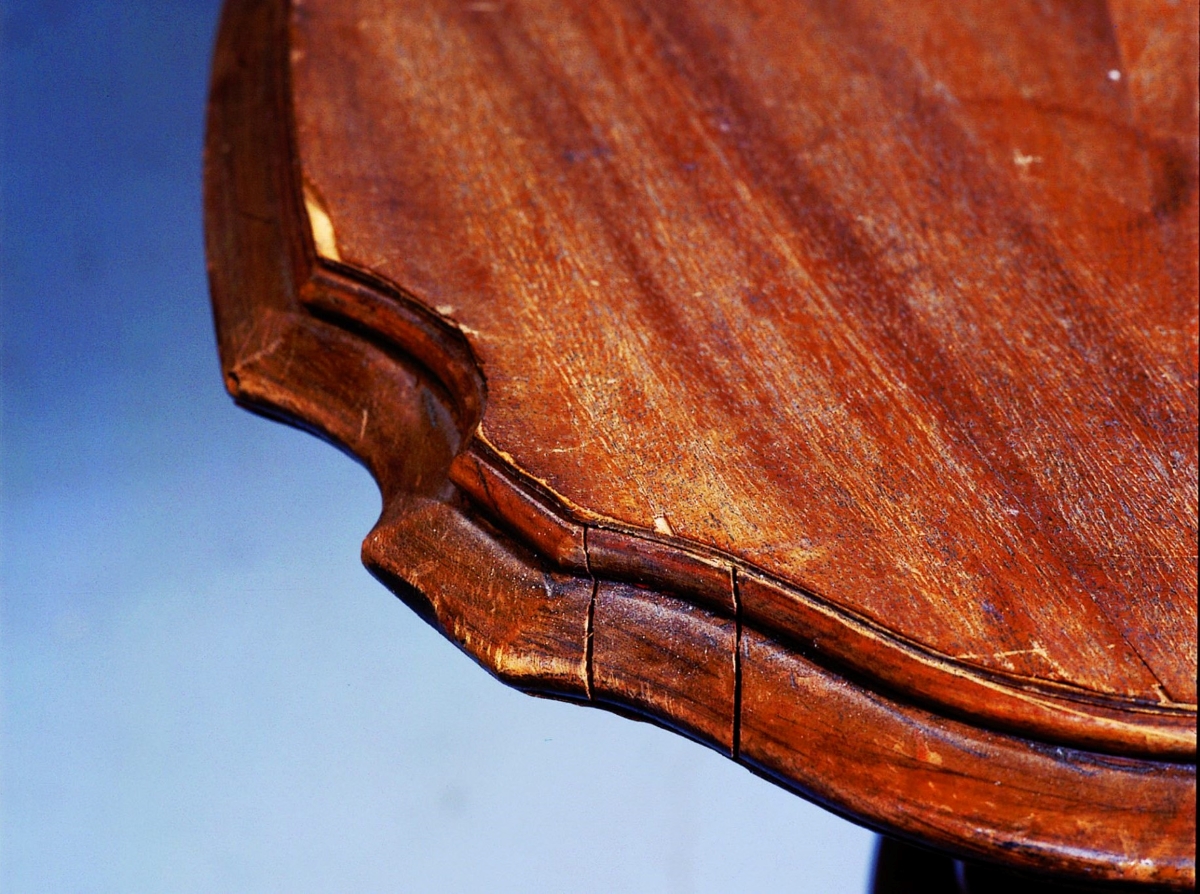
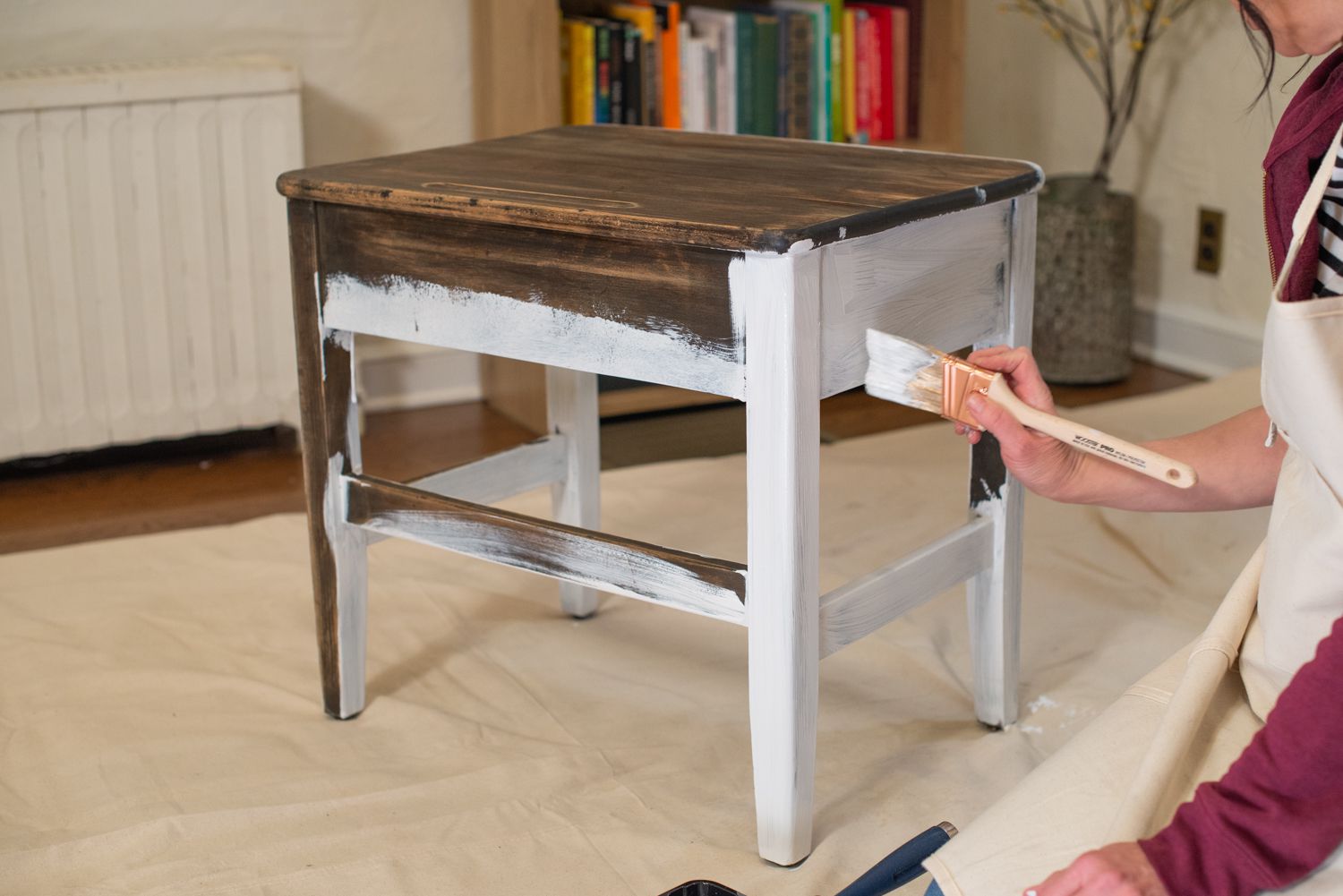
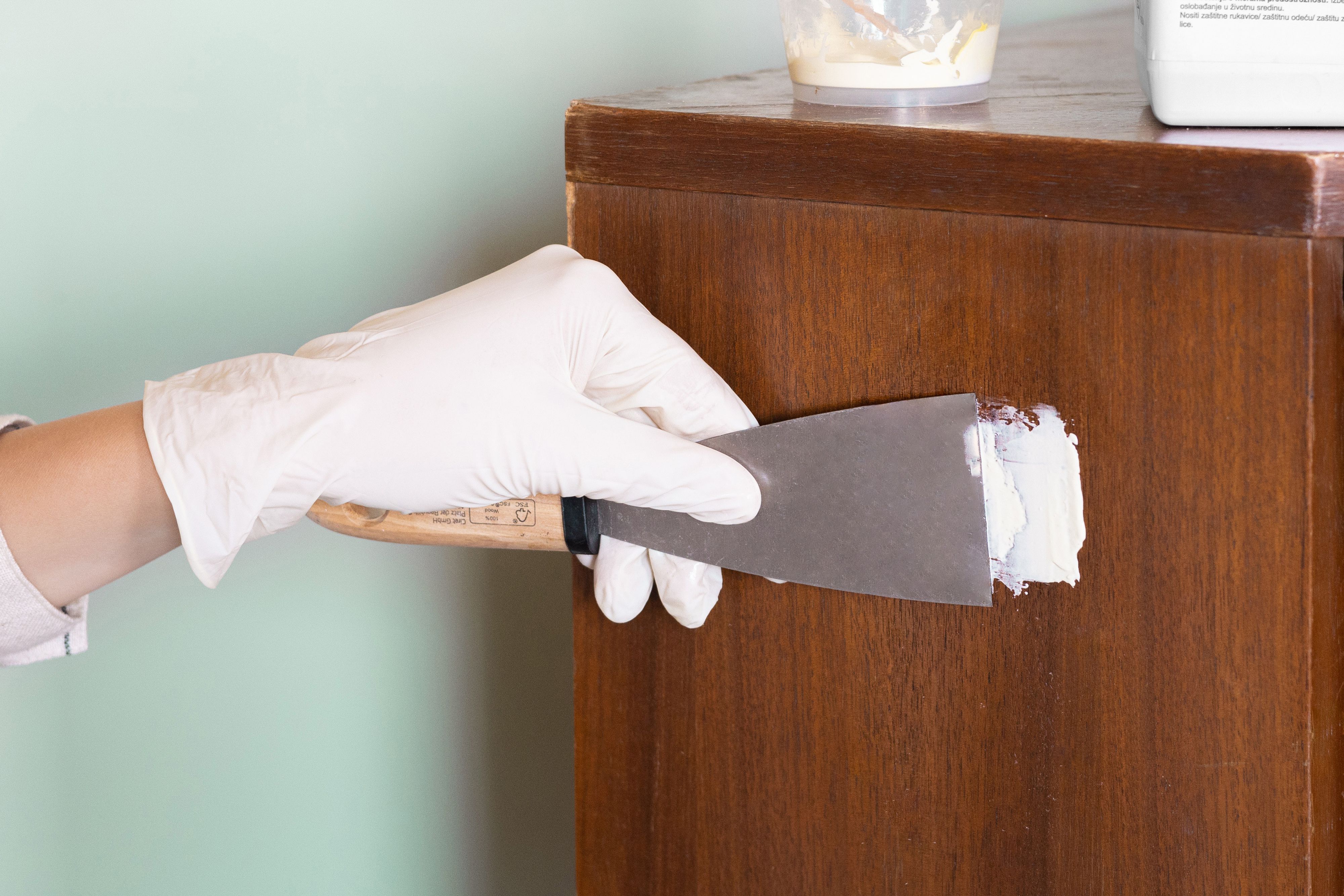
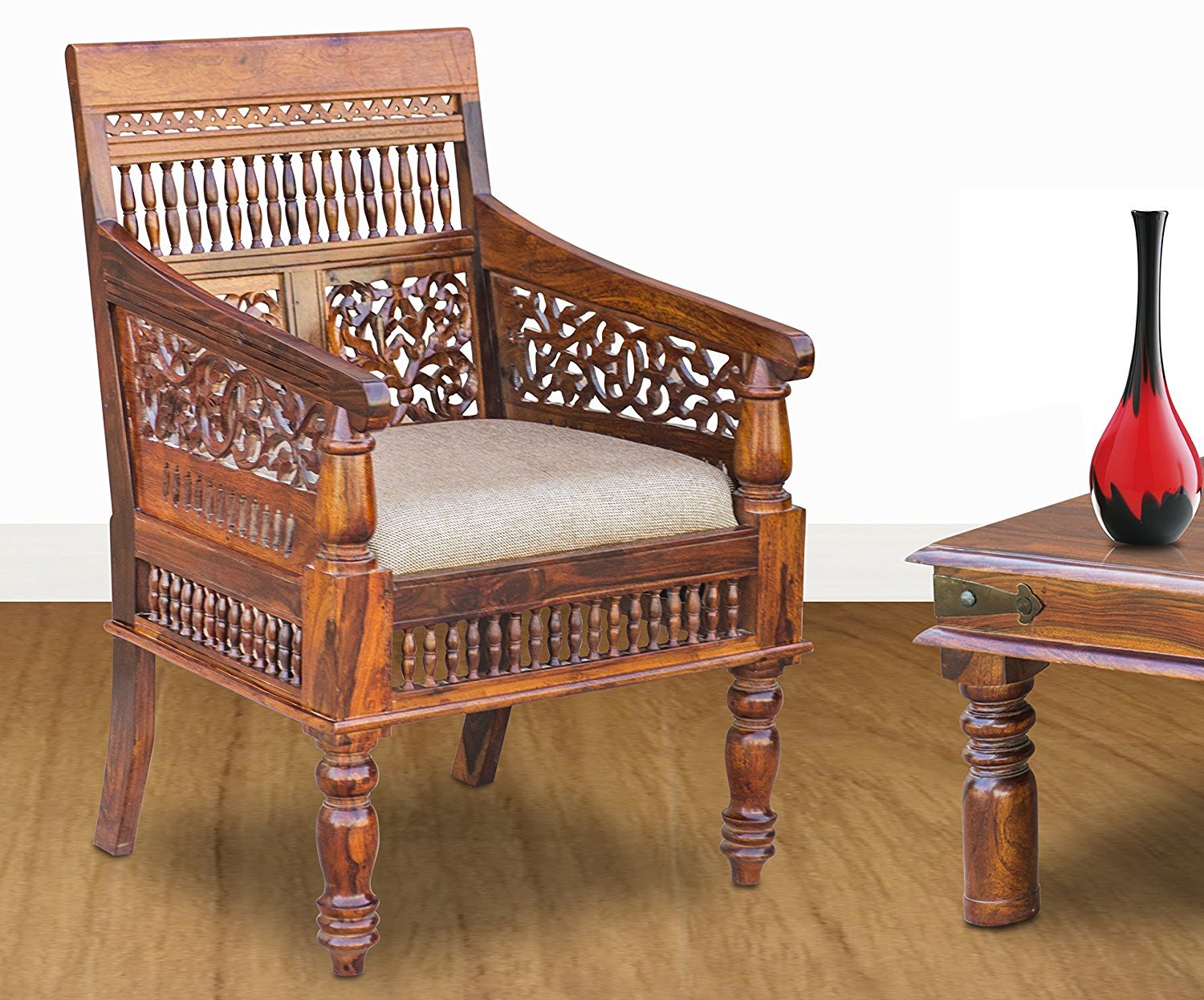
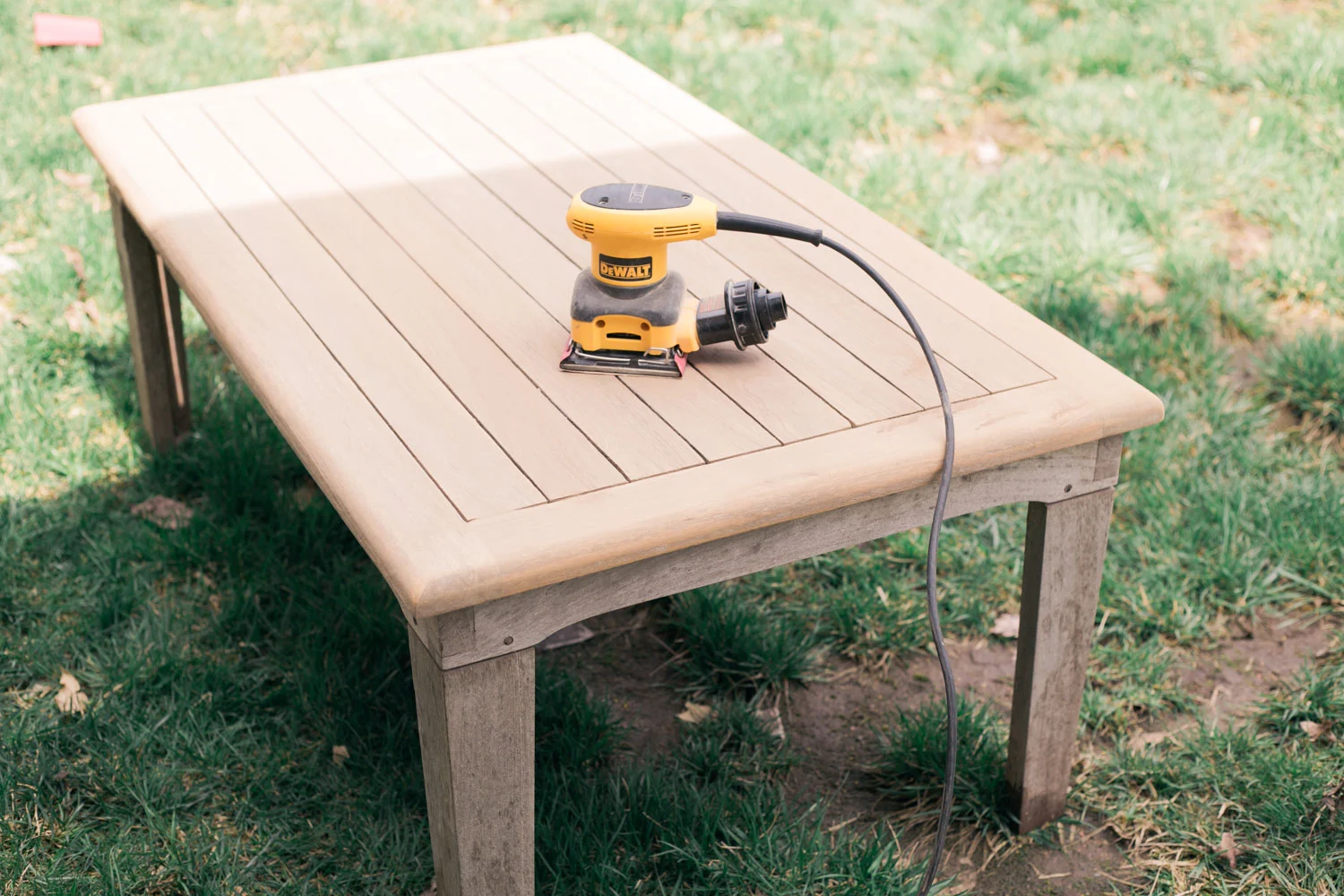

0 thoughts on “How To Store Wood Furniture”